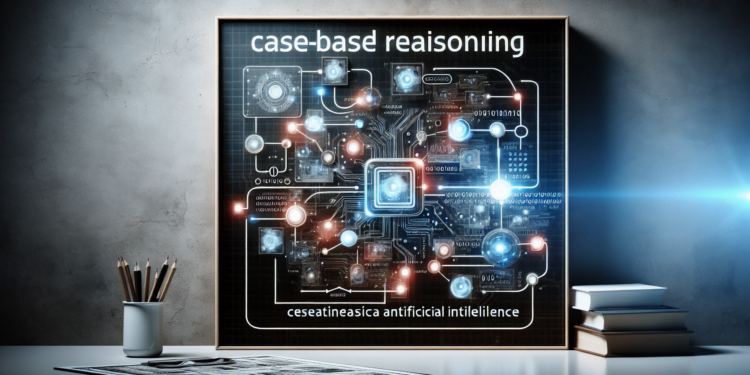Introduction to Case-Based Reasoning (CBR) in Artificial Intelligence
Case-Based Reasoning (CBR) emerges as an inference paradigm in Artificial Intelligence (AI) where new problem-solving is accomplished by retrieving past experiences. This method is grounded in the cognitive understanding that individuals solve new problems based on solutions from similar past situations. In AI, CBR consists of four key phases: retrieval, reuse, revision, and retention.
CBR Principles in AI
In this paradigm, each “case” in a database encapsulates contextualized knowledge of a problematic instance along with its solution and outcomes. CBR explicitly infers by analogy, comparing current problems with past cases to propose preliminary solutions.
Recent Advances
The advent of technologies such as Deep Learning has allowed the enhancement of case databases with high-dimensional and abstracted data representations, contributing to greater precision in case similarity.
Emerging Practical Applications
Currently, fields like personalized medicine use CBR to diagnose and treat diseases based on documented medical cases. In the financial sector, it is used to generate predictive models for fraud, embodying a significant expression of Machine Learning (ML) assisted by humans. Additionally, industrial design and software engineering often benefit from CBR in solving complex design problems, providing adaptive solutions.
Deep Case-Based Reasoning
There is increasing talk about a technique known as Deep Case-Based Reasoning (Deep CBR), where deep machine learning models are combined with case bases to foster continuous and adaptive learning.
Case Studies
In the field of robotics, the use of Deep CBR has been exemplified in service robots that learn from interactions with humans to improve their ability to navigate and manipulate objects in inhabited spaces.
Comparison with Previous Work
Unlike rule-based or pure data approaches, CBR stands out for its focus on contextualized knowledge. This represents a more “human-like” recollection of past solutions and allows for a more intuitive and less data-volume-dependent approach.
Projection of Future Directions and Innovations
The future of CBR in AI seems to be heading towards even greater integration with genetic algorithms and multi-agent systems, enabling adaptive learning in even more complex and dynamic scenarios.
Technical Considerations and Challenges
The main challenge of CBR lies in the development and maintenance of case databases, where the quality and relevance of the stored cases are crucial for successful reasoning. Scalability and efficiency become problematic when handling vast amounts of cases. Additionally, defining effective similarity measures is essential for the appropriate retrieval of relevant cases.
CBR requires the construction of a robust framework that integrates the learning of new instances and the adaptation of past solutions to new contexts. Each case must be carefully selected to enrich the database with valuable experiences that allow effective generalizations.
Conclusion
Case-Based Reasoning represents a methodology infused with immense potential for aptness and customization in the fields where it is implemented. Its adaptive nature and human experience-based foundation position CBR prominently among AI techniques for solving highly complex problems. As we march towards a technological horizon where AI becomes increasingly ubiquitous and capable, the foundations and ongoing developments of CBR will be indispensable for futuristic computer-assisted problem resolution innovations.






















